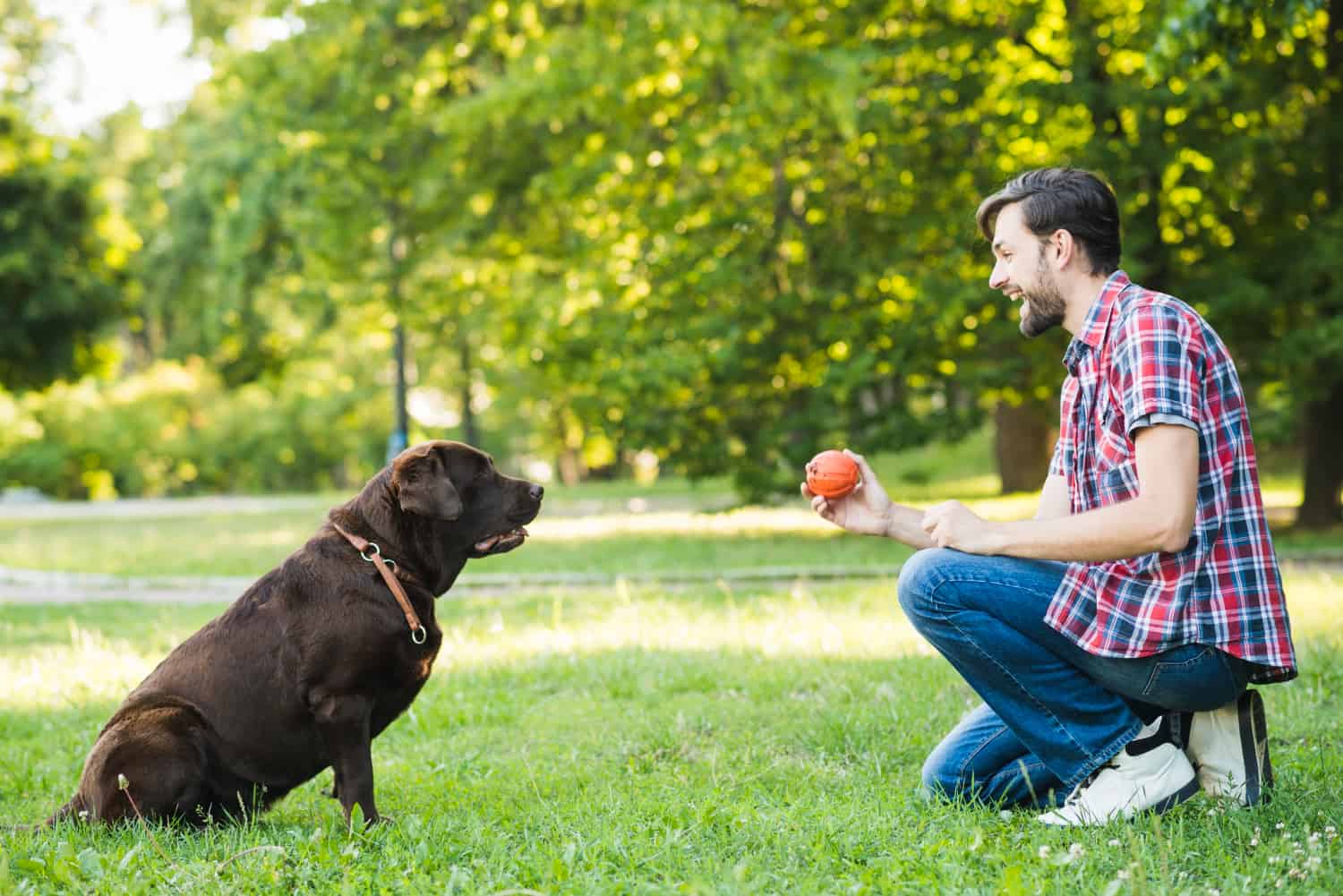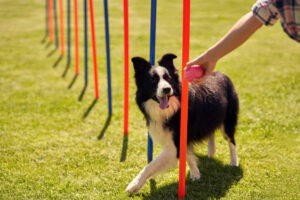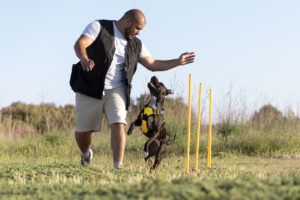Introduction
Welcome to our comprehensive guide on solving dog fitness problems! As dedicated pet owners, we understand the importance of keeping our furry friends healthy and active. In this article, we will share expert strategies and tips to help you address common fitness issues that dogs may face. By implementing these techniques, you can ensure your canine companion leads a happy and fulfilling life. Let’s dive in!
Understanding Dog Fitness Problems
Dogs, much like humans, can encounter various Dog Fitness Problems that may hinder their overall well-being. It is crucial to identify these issues and take proactive measures to address them effectively. Some common problems include:
1. Obesity
Obesity is a prevalent issue among dogs, which can lead to a range of health complications such as joint problems, heart disease, and decreased lifespan. The primary cause of obesity in dogs is excessive caloric intake combined with a lack of exercise. To combat this problem, we recommend the following strategies:
- Balanced Diet: Consult with a veterinarian to determine the appropriate portion sizes and nutritional requirements for your dog’s breed and age. Ensure their diet includes high-quality, lean protein, whole grains, and a healthy balance of fruits and vegetables.
- Regular Exercise: Establish a consistent exercise routine for your dog. Engage in activities such as brisk walks, jogging, or interactive play sessions. Aim for at least 30 minutes to an hour of exercise daily, depending on your dog’s breed and energy levels.
2. Lack of Mental Stimulation
Dogs are intelligent creatures that require mental stimulation to stay mentally sharp and avoid behavioral issues. A lack of mental stimulation can lead to boredom, restlessness, and destructive behavior. Here are some ways to provide mental enrichment for your furry friend:
- Puzzle Toys: Invest in interactive puzzle toys that challenge your dog’s problem-solving skills. These toys require your dog to work for treats or rewards, keeping them mentally engaged and entertained.
- Training and Tricks: Regular training sessions not only teach your dog obedience but also stimulate their mind. Teach them new tricks and commands, which will provide mental exercise while strengthening the bond between you and your canine companion.
3. Joint and Mobility Problems
As dogs age, they may encounter joint and mobility problems, similar to humans. These issues can affect their overall fitness and quality of life. To support your dog’s joint health, consider the following strategies:
- Supplements: Consult with your veterinarian about joint supplements that can aid in promoting healthy joints and reducing inflammation. Omega-3 fatty acids, glucosamine, and chondroitin are commonly recommended supplements for dogs with joint problems.
- Low-Impact Exercise: Opt for low-impact exercise options like swimming or gentle walks to reduce stress on your dog’s joints. Avoid high-impact activities that may exacerbate joint pain or discomfort.
Conclusion
In conclusion, addressing Dog Health Fitness is essential for their overall health and happiness. By understanding the specific issues your dog may face, you can tailor your approach to meet their unique needs. Whether it’s combating obesity, providing mental stimulation, or supporting joint health, the expert strategies mentioned in this article can help you tackle these challenges effectively. Remember, a healthy and fit dog is a happy dog!







